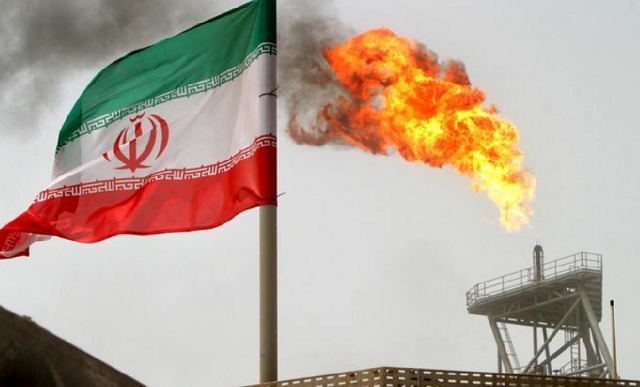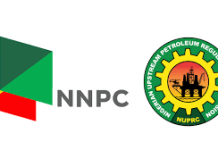Oil hit a 2019 high above $69 a barrel on Tuesday on the prospect that more sanctions against Iran and further Venezuelan disruptions could deepen an OPEC-led supply cut, raising expectations prices could surpass $70 soon.
The United States is considering more sanctions against Iran, whose oil exports have been halved by existing measures, an official said. A key crude terminal in Venezuela, also under U.S. sanctions, has halted operations again.
Brent crude touched $69.50, the highest since mid-November, before edging down 10 cents on the day at $68.91 by 1320 GMT. U.S. crude was up 30 cents at $61.89, having risen above $62 for the first time since early November.
“The $70 per barrel price level is within striking distance,” said Norbert Ruecker, analyst at Swiss bank Julius Baer, who added that the market was unlikely to move “lastingly” above that level.
“Any further oil price increase would begin to bear more harmful economic consequences for most emerging markets.”
Further supply losses from Iran and Venezuela could widen an OPEC-led production cut that took effect in January, designed to prevent a price-sapping rise in inventories.
Supply from the Organization of the Petroleum Exporting Countries hit a four-year low in March, a Reuters survey found, because top exporter Saudi Arabia cut more than it had agreed to and due to the involuntary declines.
But Russia, the biggest non-OPEC producer in the so-called OPEC+ group, has yet to reach its production-cutting target.
This week’s reports on U.S. supplies are expected to show crude inventories fell, a sign that the OPEC curbs are having the impact producers intended.
Six analysts polled by Reuters estimated, on average, that crude stocks fell by 1.2 million barrels in the week to March 29. The first of this week’s supply reports, from the American Petroleum Institute, is due at 2030 GMT.
Oil’s pattern on the price charts could lead to further gains. Brent is trading just below the 200-day moving average and a move above this mark would provide additional technical support, said Olivier Jakob, analyst at Petromatrix.
“The supply cuts have been there for a while but Venezuela is not improving,” he said.
Healthy data on the world’s biggest economies, the United States and China, also bolstered prices.
Figures showing a rebound in U.S. factory activity in March and a return to growth in Chinese manufacturing eased concern that an economic slowdown could weaken oil demand.













